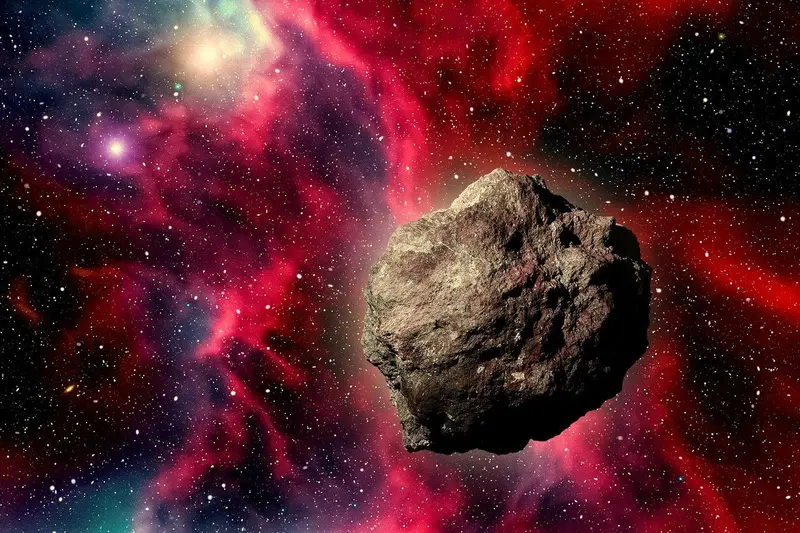New evidence that the object came from beyond Jupiter is likely to help resolve an old dispute among scientists in the field of cosmochemistry.
When 66 million years ago asteroid It fell into the Gulf of Mexico, and the Earth changed forever. The impact caused a mass extinction, resulting in the death of about 75 percent of species of flora and fauna on the planet, including all non-avian dinosaurs.
Why is research important?
The results of a new study indicate that the asteroid responsible for this tragedy did not come from nearby, but from afar: beyond the Solar System. The authors of the study, published in the journal Science, believe that this data will help resolve a long-standing debate regarding this important phase in Earth’s history.
“This is one of those studies that makes you stop and think about this tragedy, about the cosmic interconnectedness of everything,” said BBC. Science Focus Steven Brusatte, a professor of paleontology at the University of Edinburgh.
“Interestingly, once, 66 million years ago, dinosaurs all over the world were going about their business, just like tens of millions of years before, when suddenly this asteroid came out of nowhere and changed the world forever. But it didn’t actually come out of nowhere; it had an origin, and that origin lies in the distant corners of our Solar System, beyond Jupiter.”
This moment in time, between the Cretaceous and Paleogene periods, is reflected in the chemical composition of rock layers buried beneath the Earth’s surface around the world. In geology, this layer of rock is known as the K-Pg boundary. Here, scientists discovered a high concentration of platinum group elements (such as iridium, ruthenium, osmium, rhodium, platinum, and palladium).

These elements are rare on Earth but common in meteorites However, some scientists previously believed that high levels of these elements could be related to widespread volcanic activity. Others suggested that the composition of elements, known as the isotopic signature, is more closely aligned with the composition of asteroids.
To resolve the dispute, researchers took samples from the K-Pg boundary. By comparing them with samples from other asteroid impacts, the team found that the levels of ruthenium (Ru) isotopes were not similar to those characteristic of Earth or meteorites of other types. Instead, they closely resembled those of extraterrestrial carbon chondrites: a type of asteroid that forms in the outer part of the Solar System.
“This piece of space debris from such a distant place somehow, against all odds, intersected with Earth and” dinosaurs “It’s such an incredible story, but it really happened,” said Professor Brusatte.

